Click on images to enlarge
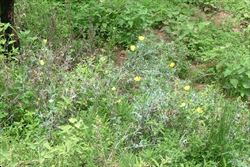
infestation (Photo: Sheldon Navie)
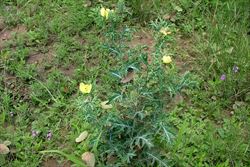
habit (Photo: Sheldon Navie)

prickly stems and green or slightly bluish-green spiny leaves with whitish makings (Photo: Sheldon Navie)
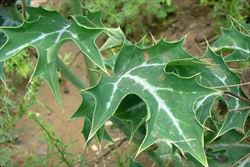
close-up of leaves showing the spines at the tips of the sharply toothed lobes (Photo: Sheldon Navie)
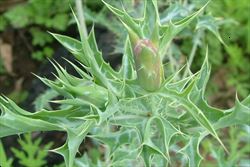
upper leaves and spine-tipped flower buds (Photo: Sheldon Navie)

bright yellow flower (Photo: Sheldon Navie)
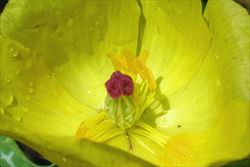
close-up of flower showing shallowly-lobed red stigma (Photo: Forest and Kim Starr, USGS)

spiny immature fruit (Photo: Sheldon Navie)
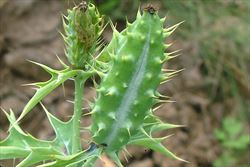
close-up of immature fruit with whitish markings and numerous spines (Photo: Sheldon Navie)
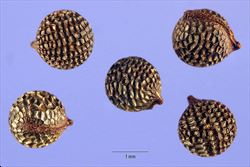
close-up of seeds (Photo: Steve Hurst at USDA PLANTS Database)
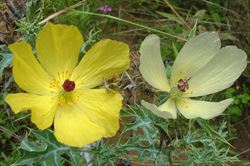
comparison of the bright yellow flowers of Argemone mexicana, left, and cream or very pale yellow flowers of Argemone ochroleuca subsp. ochroleuca, right. Also note that Argemone ochroleuca subsp. ochroleuca has a more deeply lobed stigma (Photo: Sheldon Navie)
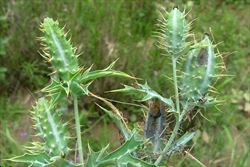
comparison of the leaves and immature fruit of Argemone mexicana, left, and Argemone ochroleuca subsp. ochroleuca, right. Note that the leaves and fruit of Argemone ochroleuca subsp. ochroleuca are more bluish-green in colour (Photo: Sheldon Navie)
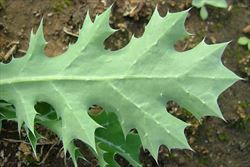
close-up of leaf underside, with a few prickles along the main veins (Photo: Sheldon Navie)

young plant (Photo: Sheldon Navie)
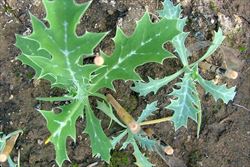
comparison of the seedlings of Argemone mexicana, with green leaves on the left, and Argemone ochroleuca subsp. ochroleuca, with bluish-green leaves on the right (Photo: Sheldon Navie)
Scientific Name
Argemone mexicana L.
Synonyms
Argemone mexicana L. var. mexicana
Family
Papaveraceae
Common Names
devil's fig, golden thistle of Peru, Mexican poppy, Mexican pricklepoppy, Mexican thistle, prickly poppy, white thistle, yellow poppy, yellow-flowered Mexican poppy, yellow-flowered thistle
Origin
The exact native range of this species is obscure, but it is often thought to be native to south-eastern USA (i.e. Florida), Mexico, Central America (i.e. Belize, Costa Rica, El Salvador, Guatemala, Honduras, Nicaragua and Panama), the Caribbean and tropical South America (i.e. Guyana, Venezuela, Brazil, Bolivia, Colombia, Ecuador, Peru, Paraguay and Uruguay). Others believe it to be introduced to South America and Florida.
Naturalised Distribution
Widely naturalised in eastern Australia (i.e. in southern, central and northern Queensland). Possibly also naturalised in South Australia and Western Australia.
Notes
Mexican poppy (Argemone mexicana) is regarded as an environmental weed in Queensland, and as a potential environmental weed in other parts of northern Australia (i.e. northern Western Australia and the Northern Territory). It is very similar to, and causes the same kinds of problems as, the other Mexican poppy (Argemone ochroleuca subsp. ochroleuca) but is less widespread and generally confined to warmer regions.
Like Argemone ochroleuca subsp. ochroleuca, it tends to grow in dry creeks and riverbeds, along creek edges and riverbanks, on floodplains, and in disturbed natural vegetation. In these situations it competes with and replaces native species.

